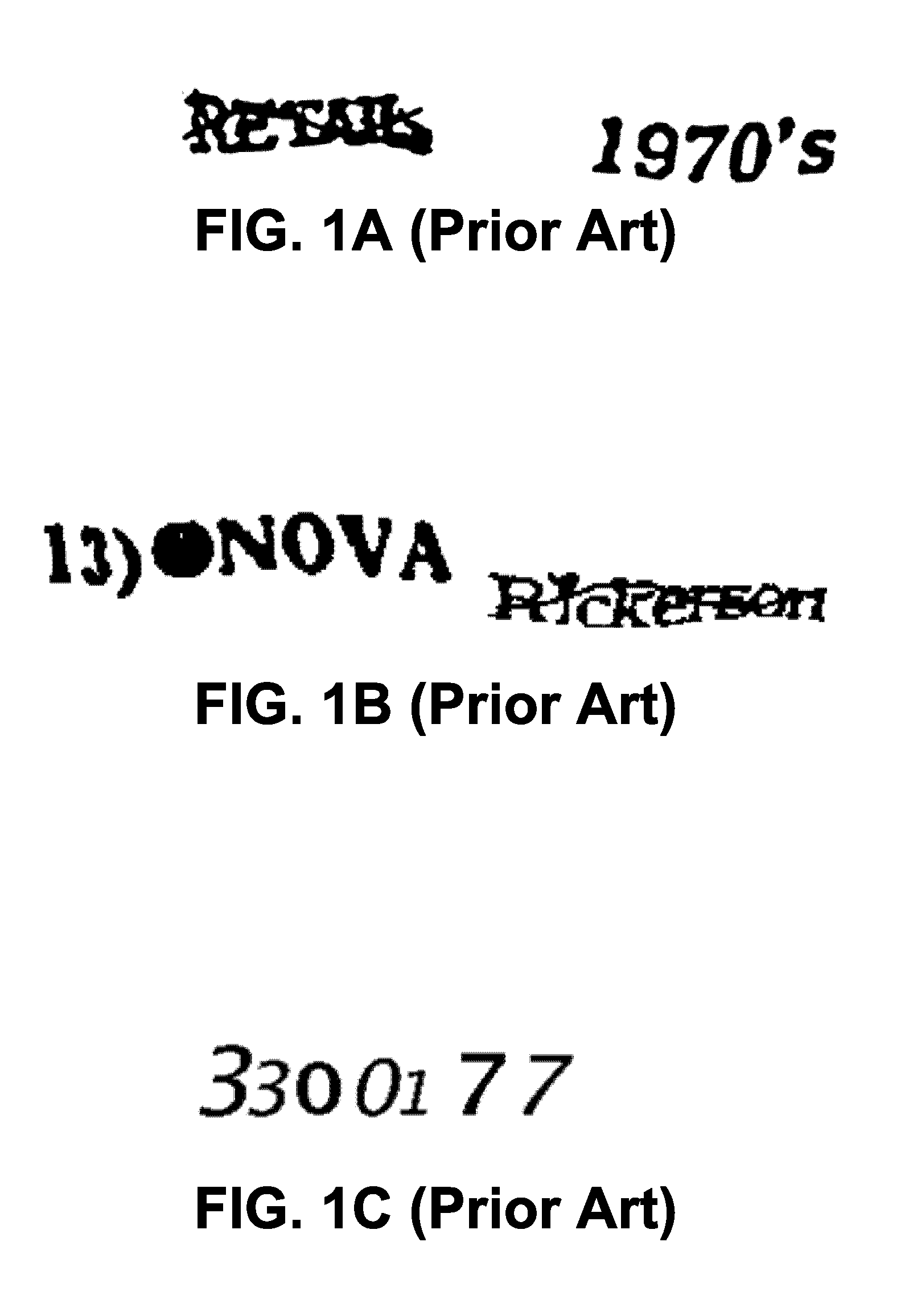Systems and Methods for Protecting Websites from Automated Processes Using Visually-Based Children's Cognitive Tests
a technology of visual-based children's cognitive tests and systems, applied in the human field, can solve problems such as difficult computer solving, automatic access is forbidden or discouraged, and visual recognition is a general difficult problem
- Summary
- Abstract
- Description
- Claims
- Application Information
AI Technical Summary
Problems solved by technology
Method used
Image
Examples
Embodiment Construction
[0046]A detailed description of embodiments of the present invention is presented below. While the disclosure will be described in connection with these drawings, there is no intent to limit it to the embodiment or embodiments disclosed herein. On the contrary, the intent is to cover all alternatives, modifications and equivalents included within the spirit and scope of the disclosure as defined by the appended claims.
[0047]The ability of humans to analyze images and images with abstract concepts is acquired even in early childhood, whereas this ability is still considered a difficult problem for machines. This is evidenced by cognitive tests given to children as educational entertainment and learning. Because most children can identify images and objects far more rapidly than they develop language skills, cognitive tests can be used to help distinguish humans from machines on a website. Generally, a visually-based children's cognitive test can be any form of basic test that incorpo...
PUM
 Login to View More
Login to View More Abstract
Description
Claims
Application Information
 Login to View More
Login to View More - R&D
- Intellectual Property
- Life Sciences
- Materials
- Tech Scout
- Unparalleled Data Quality
- Higher Quality Content
- 60% Fewer Hallucinations
Browse by: Latest US Patents, China's latest patents, Technical Efficacy Thesaurus, Application Domain, Technology Topic, Popular Technical Reports.
© 2025 PatSnap. All rights reserved.Legal|Privacy policy|Modern Slavery Act Transparency Statement|Sitemap|About US| Contact US: help@patsnap.com



